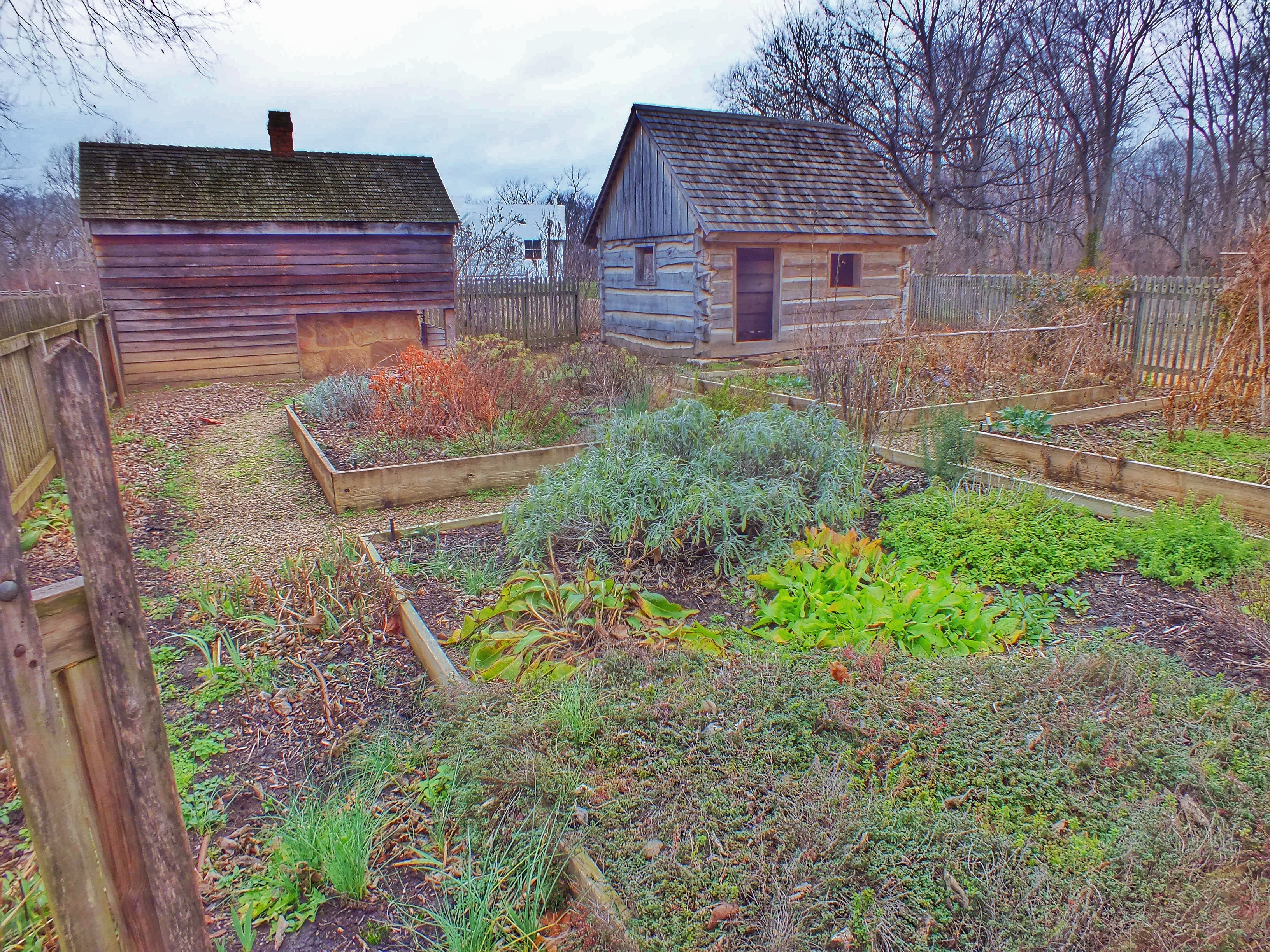We spent the morning in New Harmony, a village in extreme southwestern Indiana that is very pleased with itself. I won’t go into a lot of details, but here’s an overview. New Harmony was established in 1814 by the “Harmonie Society, a group of German dissenters led by George Rapp. The Harmonists believed that Christ’s second coming was imminent. They pursued Christian perfection through every aspect of their daily conduct, and created a highly ordered and productive community.”
The Harmonists built many of the old buildings in town and lasted all of 10 years until Rapp decided to sell the town and move back to Pennsylvania.
New Harmony was purchased by Robert Owen, who hoped to “establish a model community where education and social equality would flourish.” A bunch of scientists, philosophers, feminists and other intellectuals gathered here and … three years later gave up.
In other words, neither bad theology or humanism is capable of creating Utopia. Go figure.
The town, much of which is an Indiana State Park, likes to pretend that it’s still Utopian.
We began our tour at the Atheneum Visitor Center which is oddly designed in stark contrast to everything else in town.
We entered and were greeted by a y0ung man who seemed a bit confused about why we were there. I had to explain that we wanted to learn more about New Harmony. He said there was a video we could watch for $3 each. He led us up a ramp and through a door into a theater which we had entirely to ourselves. He played a 12-minute video that gave a sketch of the history of the village that doubled as a propaganda piece. If we found out nothing else and took the video at face value, we would have left believing the Utopia was still going strong.
I expected that we would be led to an exhibit hall where we could find out a great deal more, but instead the young man escorted us past this model of the 1822 brick church, built in the form of a cross.
He then led us up a flight of stairs to a model of the entire town in 1824.
We gazed upon it for perhaps seven minutes while we asked questions. To be fair, the guy knew his stuff and answered our questions thoroughly. But we were surprised to discover that that, as they say, was that. There was nothing else in the building except a gift shop. It seemed to us to be a great deal of building for very little purpose. As you can see in the photos, there was a tremendous amount of emptiness. A garage would have been sufficient.
On the way out this door, I spotted this blackboard. Apparently nobody has quite figured it out yet.
We walked about the old town where many of the original buildings have been restored. At times, they are open for tours, but not when we were there, of course.
The granary, built in 1818 and used by both “utopias.”
We kept running across plaques with sayings like this:
“A culture that does not teach prayer soon runs mad with desire.”
“And in the beginning was love. Love made a sphere: all things grew within it; the sphere then encompassed beginnings and endings, beginning and end. Love had a compass whose whirling dance traced out a sphere of love in the void: in the center thereof rose a fountain.”
In other words … nonsense.
We happened upon the “Roofless Church,” an ugly dome-like structure where people can go to be ambiguously spiritual.
It was located within a brick courtyard with some goofy art.
And some even goofier art.
There were two labyrinths in town. The first was just a metal circle with lines printed on it. “Suggestions” at the gate recommended taking 20-30 minutes to walk to the middle to “think, listen, reflect; then walk out.” It went on: “While on this mindful path, use all that is happening as messages for your life’s journey.” I’m suppose to accept all, even unanswered questions “like books that are written in a very foreign tongue.” I’m not supposed to seek answers but to live the question. It was raining by this time, so instead we decided to seek dryness in our car.
We drove through town to another labyrinth, this one built of hedges. But convenient gates allowed us to walk right to the middle, bypassing the questions and the meditation and the uncertainty and settling for a red chair photo. (Although my wife does seem a bit confused.”
It was all very New Agey and touchy-feely and sad because none of it was based on biblical truth. There is no Utopia on this earth. It, and everyone living on it, has been cursed by sin. For those who trust in the death and resurrection of Jesus Christ, a perfect, glorified eternity waits in heaven. And that is the only answer there is.















